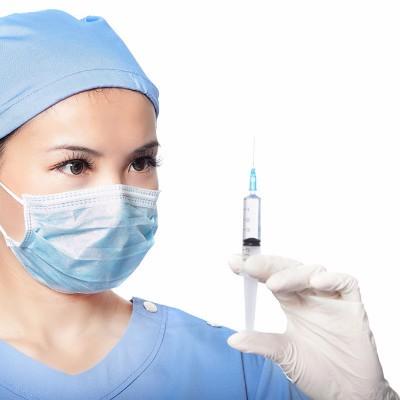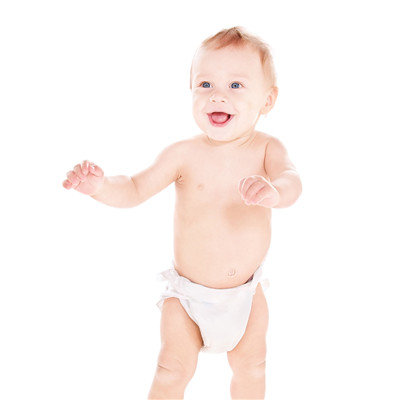Toxic symptoms?
summary
Toxic runway refers to the phenomenon that the plastic runway contains toxic ingredients in the campus playground reconstruction. Since 2014, many schools in Beijing, Suzhou, Wuxi, Nanjing, Changzhou, Shenzhen, Shanghai, Hebei and other places have experienced the phenomenon of "smelly runways and smelly playgrounds", some of which have caused students' nosebleed, allergy, dizziness, nausea and other symptoms. Toxic symptoms? Let's talk about it
Toxic symptoms?
First, the solvents used in plastic runways will volatilize toxic toluene and xylene, which have irritating odor and can cause skin itching, dizziness and other symptoms. But usually the runway will evaporate within a week of completion.

Second, the inferior plastic runway contains heavy metal driers - lead salt, which can promote the solidification of the runway, but heavy metal lead will cause permanent pollution. After long-term contact of children's skin with this plastic runway, lead will penetrate into the body, causing excessive blood lead, which is lead poisoning. Environmental friendly catalysts for plastic runways, such as bismuth salts, are less effective and expensive than lead salts. However, the biggest problem of lead salt is its toxicity. The pollution of lead salt to water and soil environment is persistent and harmful to human body.

The third and most harmful is the toxic plasticizer used in the runway, which can increase the elasticity of poor quality runway and make it meet the national standard. The most common plasticizers are o-benzene plasticizers. Overuse may even lead to sterilization of boys. Professor Luo said that in foreign children's products, this plasticizer is forbidden, because it is actually an estrogen. If a boy is exposed to too much, it will lead to sperm death, and then he will not be able to have children. This is a conclusion in foreign countries. In addition, there are probably other toxic substances not found in the inferior runway.

matters needing attention
First, reduce the toxic impurities such as aldehydes in polyether polyols, so that the toxic substances in the final polyurethane will also be reduced. Second, reduce the harm of diisocyanate. This can be done in two ways. On the one hand, the polyurethanes are polymerized as completely as possible to reduce the residue of diisocyanate. On the other hand, diphenylmethane diisocyanate (MDI) was used to prepare polyurethane.














